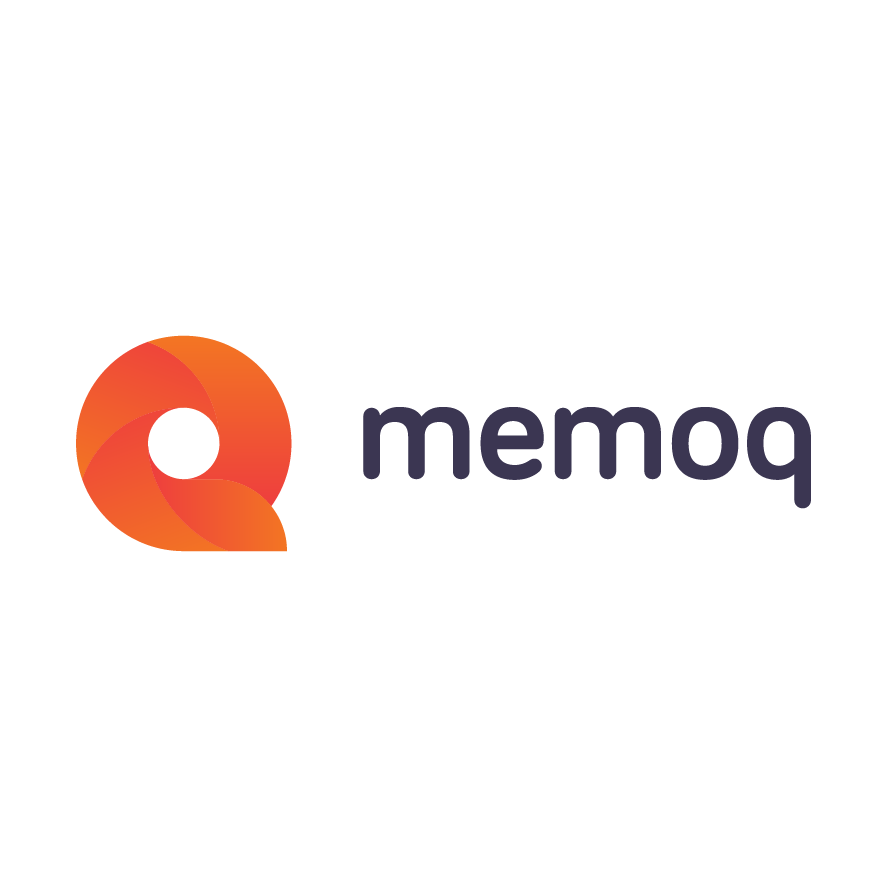The world is going dynamic! Companies are leaving behind the age of Word documents and Excel workbooks and now employ content management systems (CMS) to author and manage documents — service and product descriptions, legal contracts, reports, articles, blog posts or online help.
Many businesses are also using different database systems to store and manage the content their software displays — like for example items merchandised or strings on user interfaces.
However, implementing new technology always comes with its own challenges. It is so simple to take a bunch of documents and workbooks, import them into a computer-assisted translation (CAT) tool, work on them, and export them back, translated. But let’s be realistic and do not forget also how terrible it was to organize and manage them. Now when everything is stored in a special system, the localization workflow becomes less obvious: It is harder to convert content into documents and workbooks, and pushing the translated pieces back to the system is not so easy anymore. This is exactly when the CMS Gateway and CMS API come to help.
Paving the way for Openness
With memoQ 8.4, we introduced the CMS Gateway and its CMS API to enable connecting WordPress websites to memoQ servers via the WordPress connector. This connector enables simple and fast workflows for getting content out of WordPress and pushing the translated version back into it.
memoQ 8.6 goes the extra mile and enables third-parties to create their own Connectors to work with the CMS API allowing them to integrate virtually any system to memoQ, such as CMS brands or databases.
Connectors need to take care of the following:
1. Get translatable content out of the connected system
2. Submit translatable content to memoQ via a few simple API calls
3. Download translated contents from memoQ via another few API calls upon receiving completion notification from memoQ Server
4. Push translated contents back to the connected system
It is up to the Connector to decide how to implement the first and last steps. Options could include using an intermediary plugin, moving files or running database scripts. Connectors may also perform any kind of transformations required.
All of this is a great power for everyone managing multilingual content!
Streamlined Workflow for You
With this great power in your hands, you can streamline processes with your customers. The workflow is this simple:
1. The customer creates/edits contents.
2. Based on the connected system and the Connector, the Connector may automatically discover the new translatable contents, or the content owner needs to order the translations by, for example, selecting content assets and pushing a button.
3. The Connector submits translations jobs in the form of batches to memoQ server.
4. Based on your workflow configuration, memoQ server can:
- Automatically create a new project or add the received contents to existing projects, based on the rules you define.
- Use the document filters and configurations you define for various types of contents received to import contents to memoQ.
- Use project automation (automated actions) to streamline the core translation process.
- Automatically initiate delivery of translations, or let you know when you can initiate delivery.
5. The Connector downloads the translated contents in response to the delivery notifications and pushes those to the connected systems.
6. Based on the connected system, translations may go live immediately, or wait for someone to publish them.
Cool! I need this. How can I get it?
It is very important to highlight we only provide the CMS API that Connectors use to integrate to memoQ. Connections for systems other than the WordPress Connector need to be developed.
If you would like to take advantage of this, there are several options to work things out:
- You may consider developing the connection yourself if you have an IT department or if you have a large customer with a proprietary system.
- You can partner with a software vendor. It’s not a bad idea to look for the vendor of the system you want to connect and its referred partners with sufficient know-how about that system.
- Contacting memoQ Professional Services. We will evaluate your options and offer a solution.
To help you get started as fast as possible, our team will provide you with the necessary documentation of the CMS API and sample Connectors, one for Jira and another for Windows file system.
Wait no more! Start streamlining your content localization workflows.
To use the CMS API, you need a license that you can request from our team.

memoQ
memoQ is among the world's leading translation management systems. The favorite productivity tool for translation professionals around the globe.




